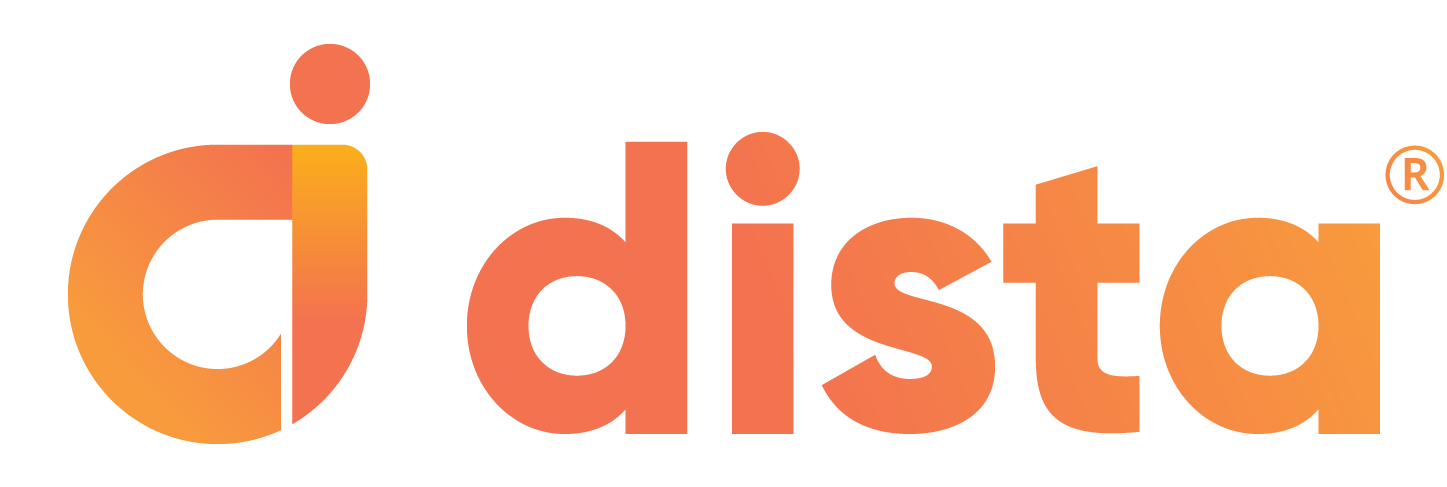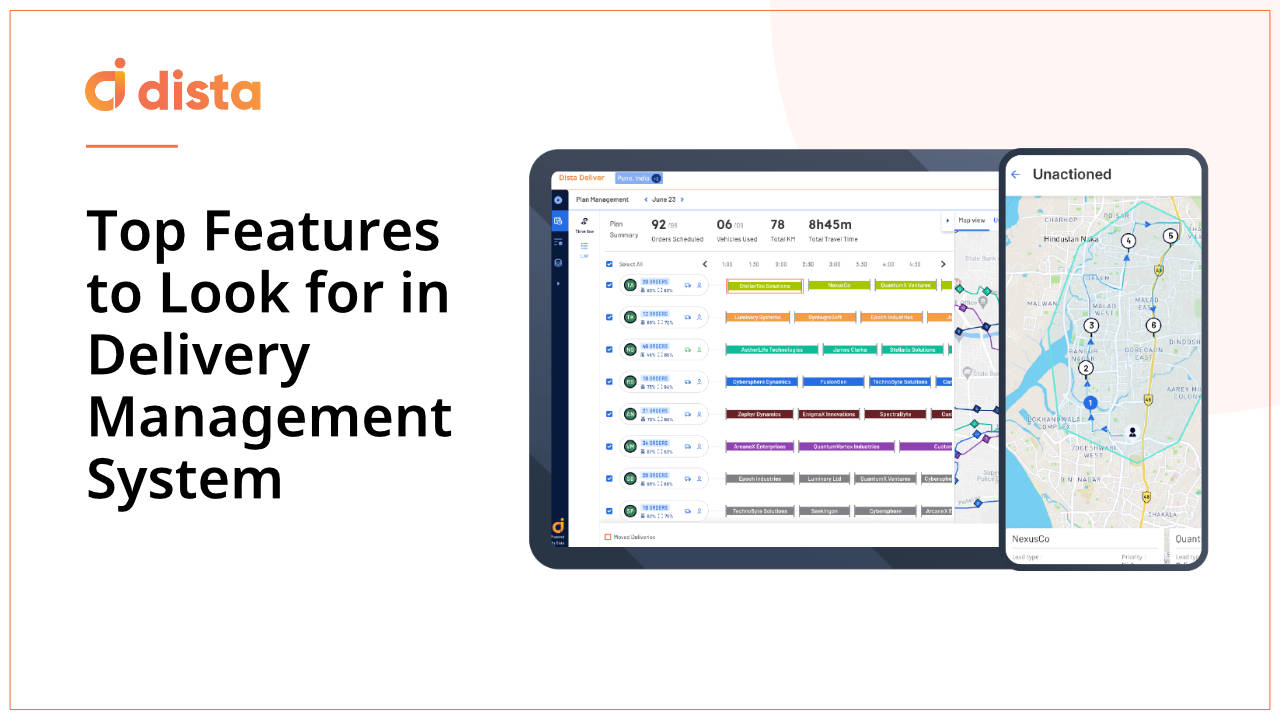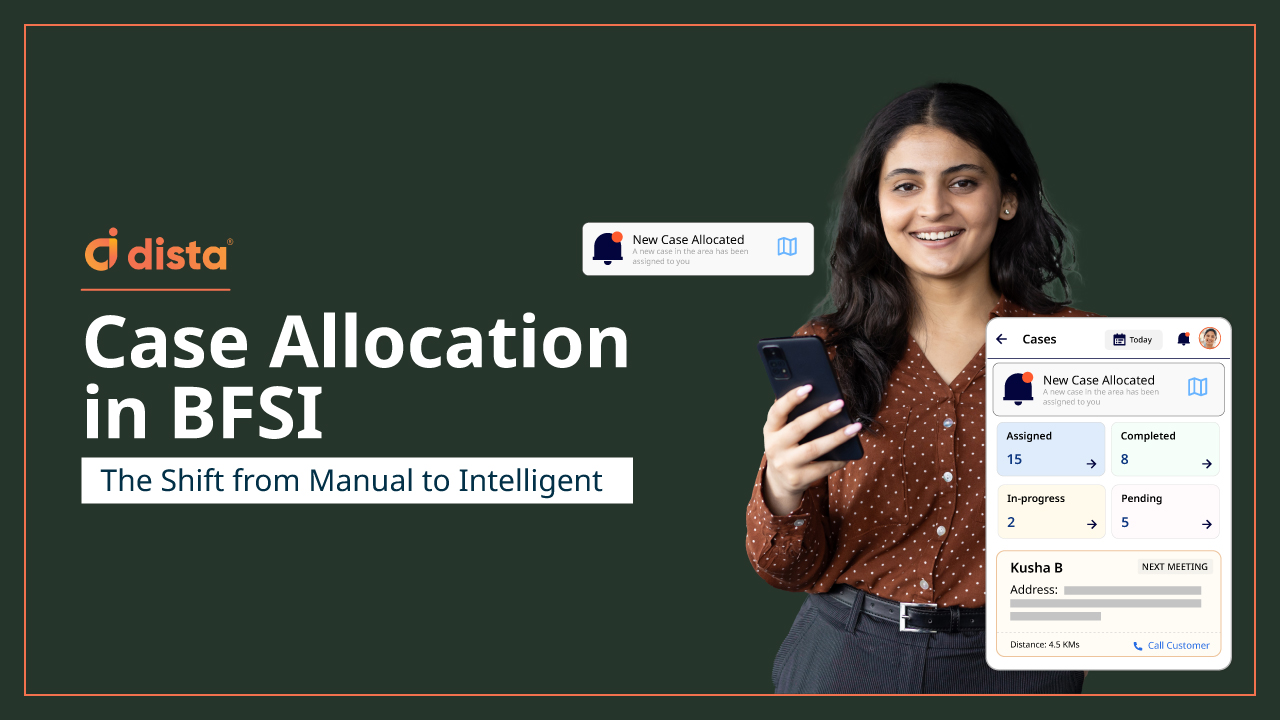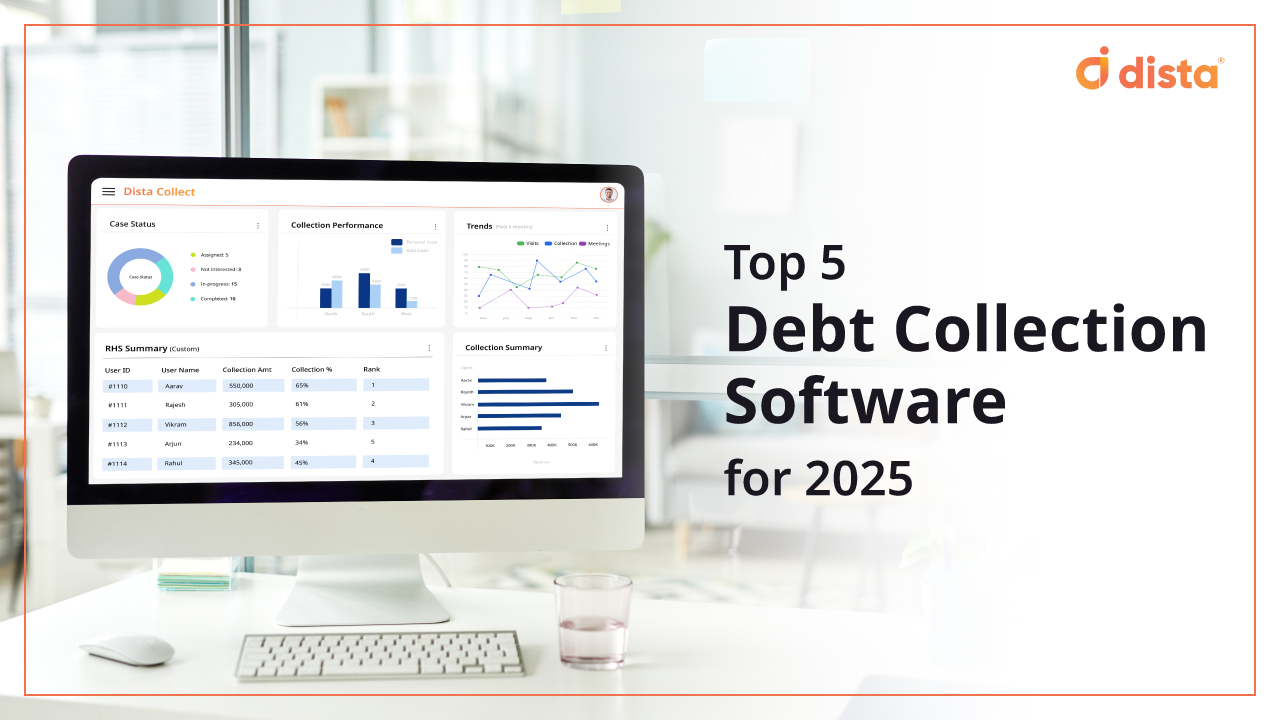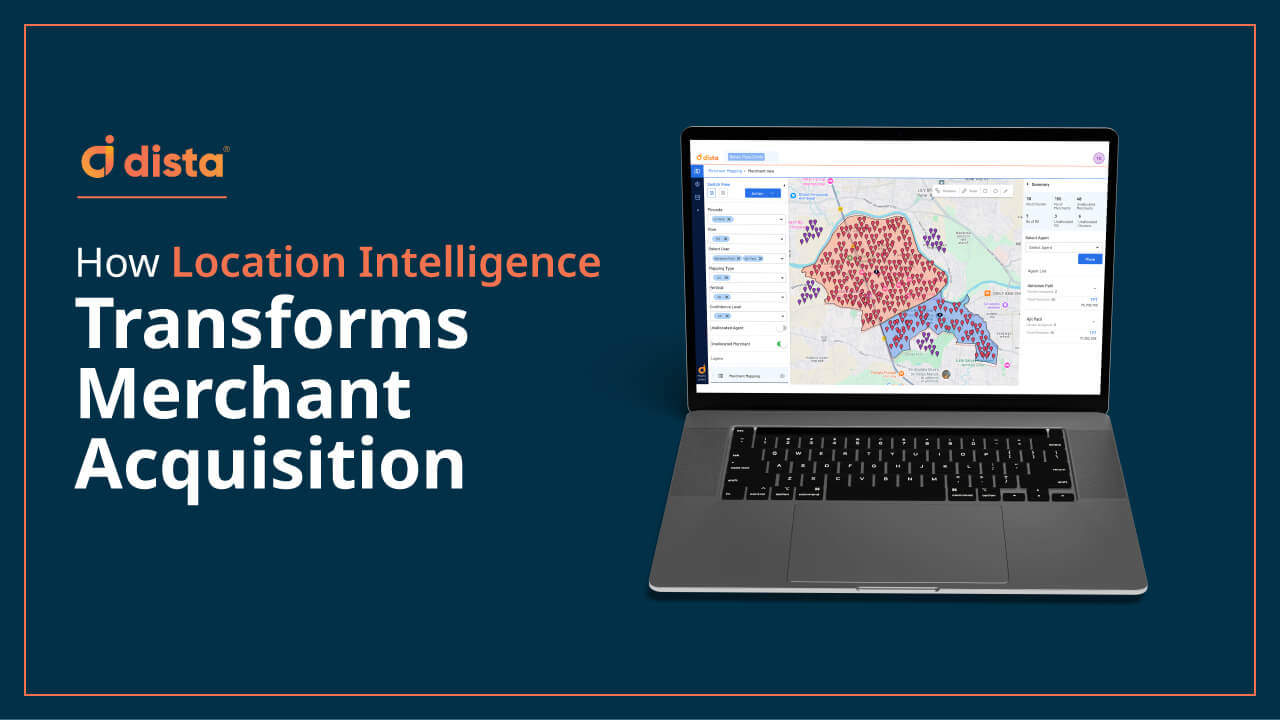Thinking of transforming your last mile fulfillment? In the age of Amazon, the delivery experience needs to be at par with your customer expectations. As per the latest research, at least 20-25% of consumers are willing to pay significant premiums for same-day delivery. Suppose that is the audience we are looking to cater to, which is already expecting crisp delivery times. In that case, organizations need to invest in a comprehensive delivery management system, that is highly agile and responsive.
Modern delivery logistics software platforms should be designed to build more engagement throughout the delivery cycle. Through instant communication and visibility with delivery staff, transparency over orders, features that enhance efficiency of the operations to deliver a better customer experience.
How can an organization benefit from a good delivery management software? Efficiency and productivity are the two important factors that impact an organization’s competitive edge. By deploying a good delivery management app, an organization can influence both these factors to achieve operational excellence. Apart from an improved Customer Happiness Score, there are several other tangible benefits of going for an overhaul with your delivery system:
A Good Delivery Management System Results in:
- More number of pick-ups per day
- Reduction in overall delivery costs
- Faster turnaround time with on-time delivery
- Improved accountability, increased utilization and productivity
- Real-time tracking and instant alerts
- Clean, verified address lists
- Business continuity due to lesser technical disruptions
- Lower onboarding costs and enhanced adoption
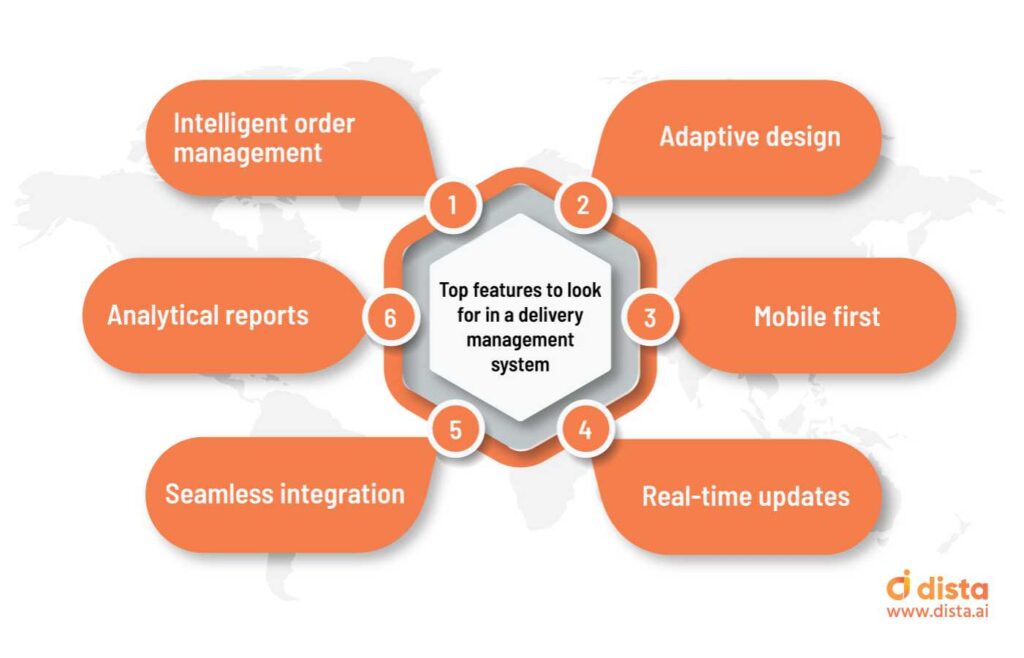
1) Intelligent Order Management
This is the most critical aspect of a successful on-demand delivery. Once the order comes in, the next important question is how it should be assigned to complete the SLA in time? This depends on multiple factors. Earlier, organizations would assign the tasks manually, which needed a lot of effort coordinating with the team. In a delivery management solution, this part is automated with the delivery scheduling software.
A delivery management software provides the operational teams with an interface to schedule pick-ups and deliveries. Taking into account all the granular details, the scheduling algorithm assigns the job to the most suitable resource. The automated scheduling and route optimization not just saves critical time but also provides end-to-end visibility into the dispatch module.
2) Adaptive Design
3) Mobile First
The success of a delivery depends on how well-informed your delivery person is. Does he have all the system details and customer information to complete the delivery without any challenges?
A good delivery management system should provide a smooth mobile interface to the delivery personnel providing them access to all the key data regarding a particular order. It could be customer data, preferred time slots, route information, any specific instructions, delivery verification details, or payment information. For example, many times, a customer asks for a card on the payment option but cannot pay because the delivery agent couldn’t carry the card machine due to unavailability. The customer is forced to make a payment using an alternative method for which they might not be ready. Here the customer sentiment is affected, and there is a communication gap that must be addressed for future deliveries of such kind.
In short, the more informed your delivery person is, the better equipped he is to deliver the order aligned with delivery details leading to an efficient delivery outcome.
4) Real-time Updates
Smartphones with GPS have revolutionized the entire process of traceability, making real-time updates a necessary norm. Push notifications have altered customer expectations. Customers want to be involved in tracking their order delivery at all times. A good delivery management software must provide customers the option to track their deliveries at every stage along with any alerts required. Providing access to the delivery person’s location is also essential so that the customers know where he has reached and can guide him if need be.
For organizations, this live delivery tracking helps in getting a lot of critical information like tracking the fleet, viewing the route taken, and analyzing pick-up/drop timings. All these insights bring more transparency to build leaner delivery operations. Also, delivery route planning software helps to get optimized routes, which adds to the delivery efficiency.
5) Seamless Integration
6) Analytical Reports
Living in the age of data, we cannot be isolated from it. Today, every action can be measured in terms of data. How does this help companies? Data provides valuable insights into the behavior of both customers and field agents. For example, a delivery management system can provide a dashboard of routes with heat maps to zero down on the most optimized delivery route. This is just the tip of the iceberg to what data makes possible. With the help of data, companies can identify what’s working, what are the bottlenecks, and accordingly take data-driven decisions to improve the efficiency of their on-demand delivery experience.
A delivery management system that addresses all the above key points is a good start to onboard on transforming your delivery logistics and achieving process excellence.
Optimize your on-demand delivery logistics with Dista.
Dista’s delivery management software makes it easy for businesses to automate, manage, and analyze their local deliveries. Complemented by intuitive smartphone apps for dispatchers, agents, and customers, Dista helps companies to reduce delivery costs and delight customers with a great on-demand delivery experience.
